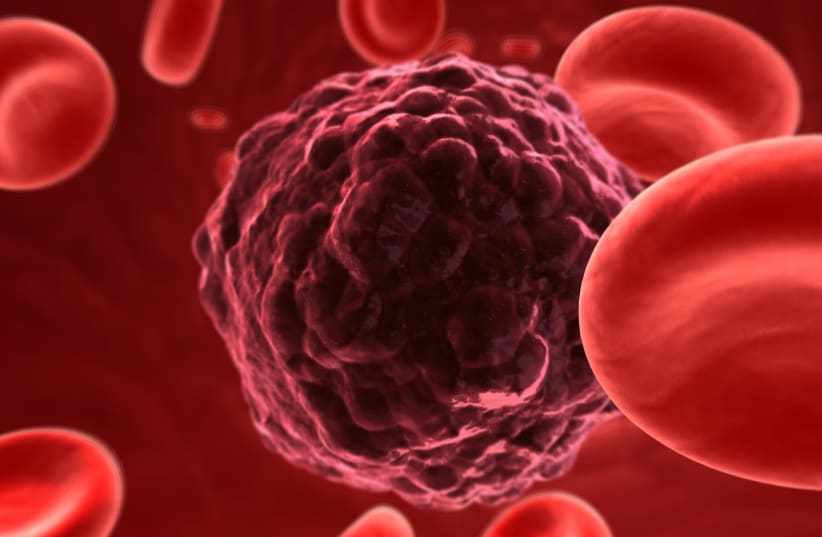How to actually make a difference for women battling breast cancer
From pink stun guns to stand mixers, we’re encouraged to shop for a cure. We’ve assimilated breast cancer into our national ethos and transformed “awareness” into just another financial transaction.
